Part two of this review is here.
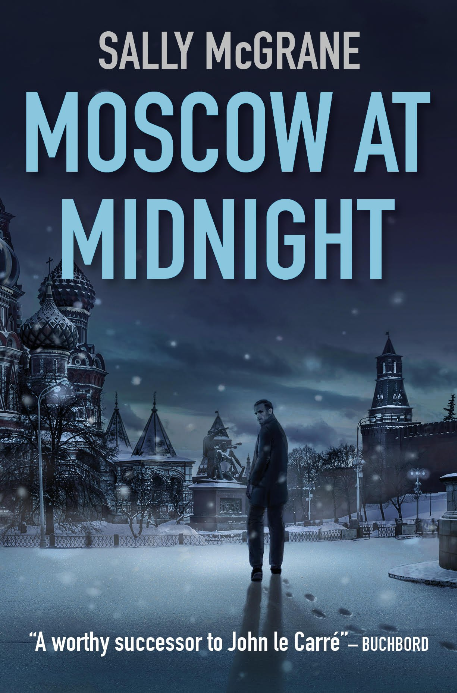
May be the reviewer who wrote “a worthy successor to John Le Carré” thought that they were doing Sally McGrane a favour? They would be wrong. And not just for the normal ‘why is everyone who writes a half decent spy thriller always compared to Le Carré?’ reasons.
Moscow at Midnight might be about a jaded CIA officer in Russia on the trail of a missing woman, but it ain’t no spy thriller. It is a smorgasbord of literary genres — sure, there is espionage; and there is a touch of Bulgakovian magic realism; and there is satire; and there is crime; and there is comedy.
But most of all, there is Russia.
As this blog never tires of stating, our reviews ask two questions: what is the book like? and how does it portray Russia?
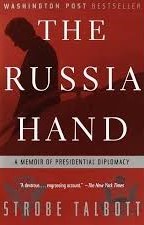
Let us start with the first question. Moscow at Midnight tells the story of Max Rushmore, an old CIA Russia hand, fired by the Company, then re-hired by a private subcontractor to the CIA, and sent back to Moscow.
Rushmore’s dogged desire for adventure, coupled with his sheer cussedness, gets him embroiled in the case of a missing-presumed-dead young woman, a dodgy nuclear power venture, closed cities, Siberian diamonds, and Shamanistic mysticism. Much of it is set in Moscow, but also in St Petersburg and in Novosibirsk. And Venice.
Moscow at Midnight begins like a conventional espionage novel and succeeds in this for one or two hundred pages. For preference, it would have persevered in the same vein and McGrane would have been an original voice brightening up a too-often hackneyed genre. But by the end of Moscow at Midnight we are contending with time travel, parallel dimensions, vibrating crystals, a fox in a restaurant, several —too many— coincidences, and a plot that frankly seems out of control. The genre has not been brightened up, but mixed together with so many others that little of it remains.
Were I being harsh, I would say that this first novel would have benefited from several drafts being run by a competent fiction editor. But what Sally McGrane does brilliantly are the vignettes, the turns of phrase, the pithy observations, and humorous dialogue.
Max Rushmore is fired from the CIA by somebody from the Agency’s Human Resources Department — ‘the agency’s HR Prick, a man singularly un-endowed with ‘people skills’’.
Within a few days Max is phoned up by the same man, who has himself also been fired and taken on by the private contractor, Nightshade, that is now offering him a job.
Max felt a strange solidarity, a weird emotional oneness, well up in him as the HR Prick explained, in his same, squeaky voice that, if Max accepted the new job, he would still be working with all his old Agency contacts —for a fraction of the pay, zero job security, and no benefits. “We’re pioneering the shift to a multi-tier flex model,” the voice squeaked. “It will give you a chance to explore your options on the commercial market. For a higher rate of income fluidity.”
Moscow at midnight (2017)
If Moscow at Midnight displays a profligacy of genres, then there is a similar extravagance in relation to the Russia-in-fiction elements that Sally McGrane deploys. There is so much here that it sometimes seems as if she is running through a checklist of stuff to mention – in Moscow we get of course the Metro and Red Square.
We get too the Metropole Hotel, and the House on the Embankment, and Tsereteli’s much-maligned statue of Peter the Great, and Sheremetevo airport, and the makeshift memorials to Boris Nemtsov, and the Red October chocolate factory, and the ‘post-Soviet Disneyland’ of Gorky Park, and the Lubyanka, and the statue of Iron Felix, and Chinatown.
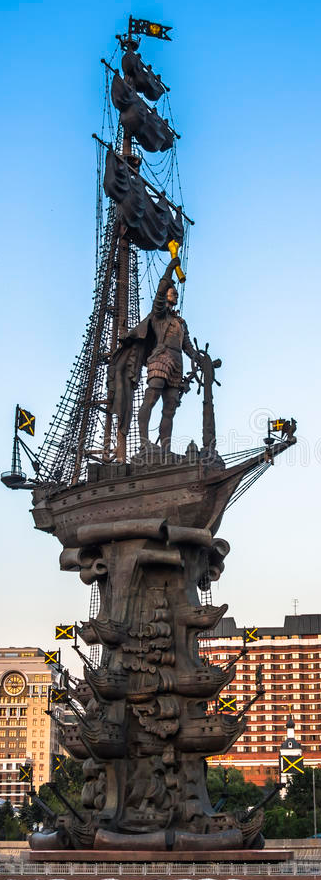
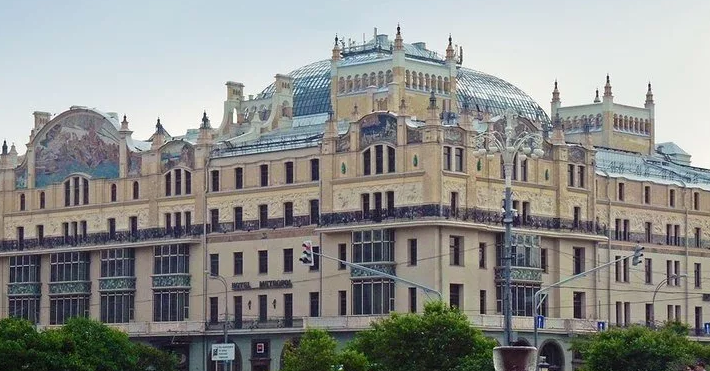
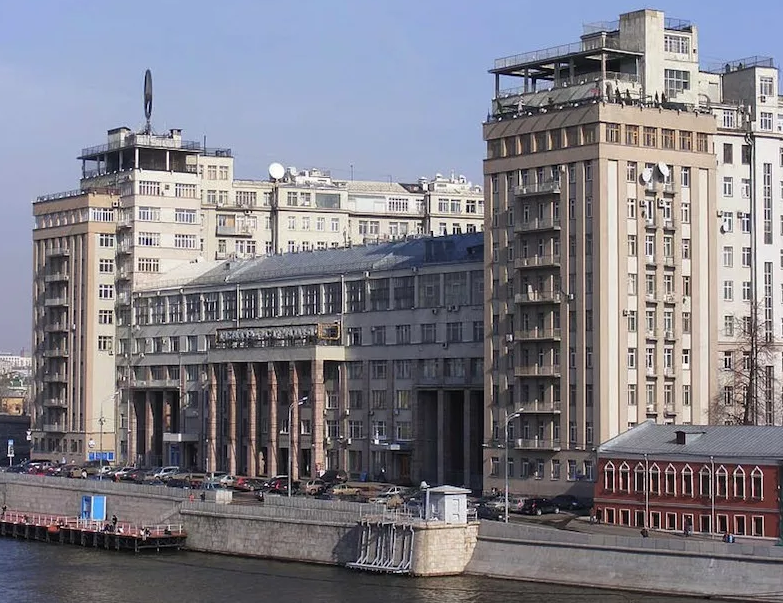
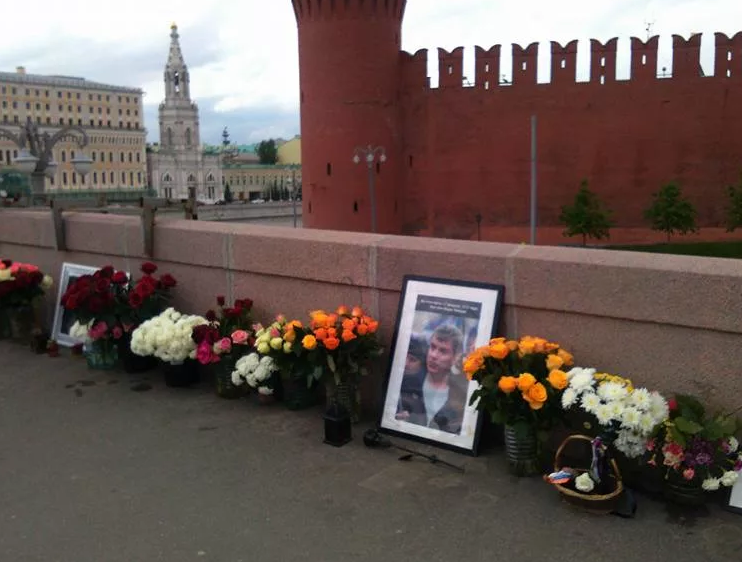
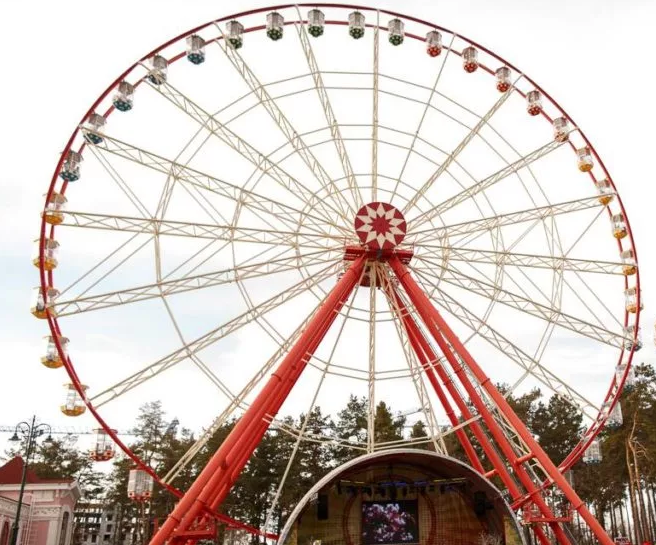
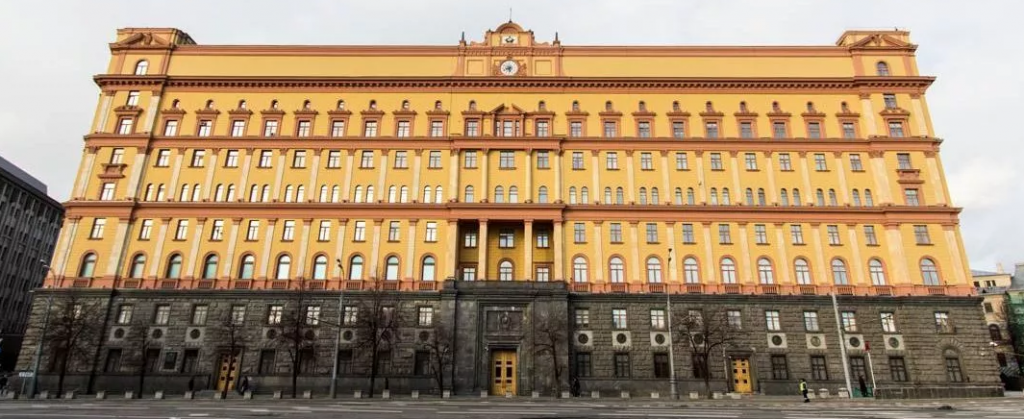
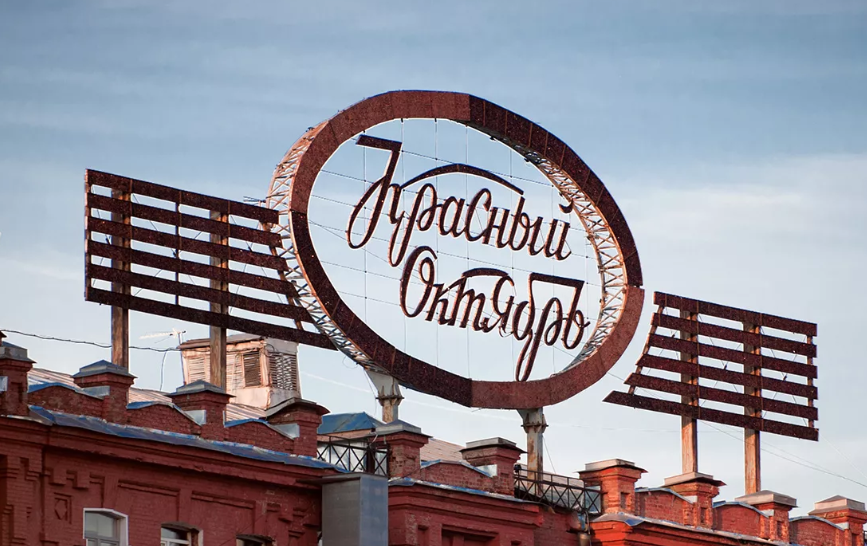
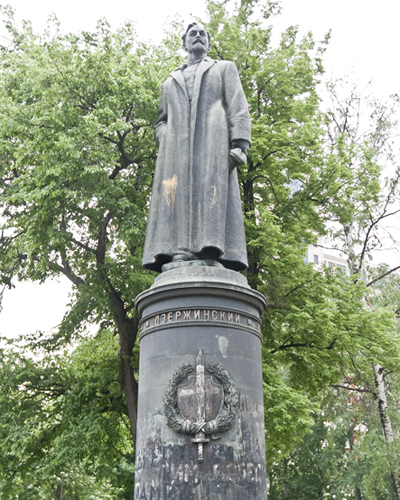
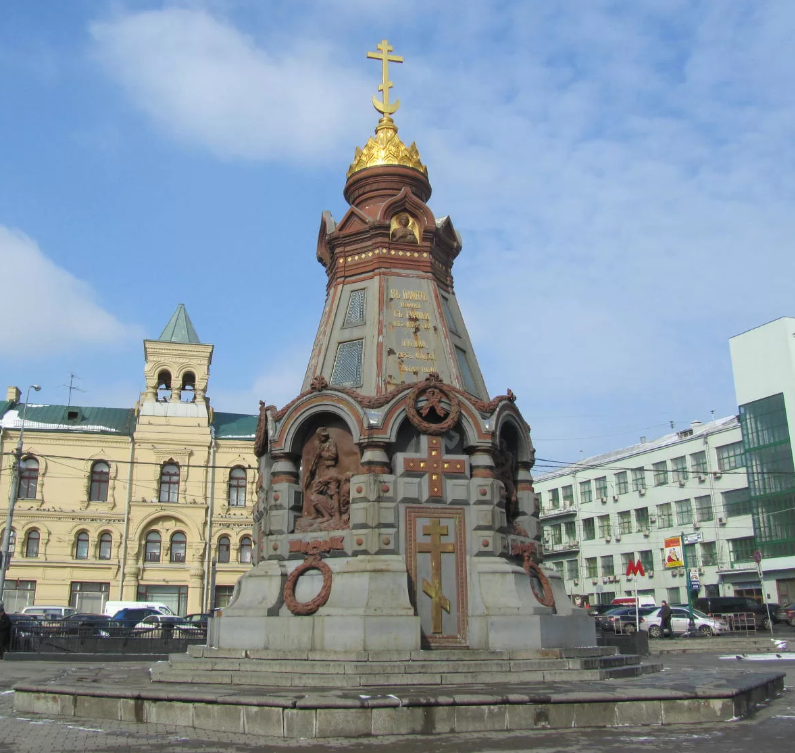
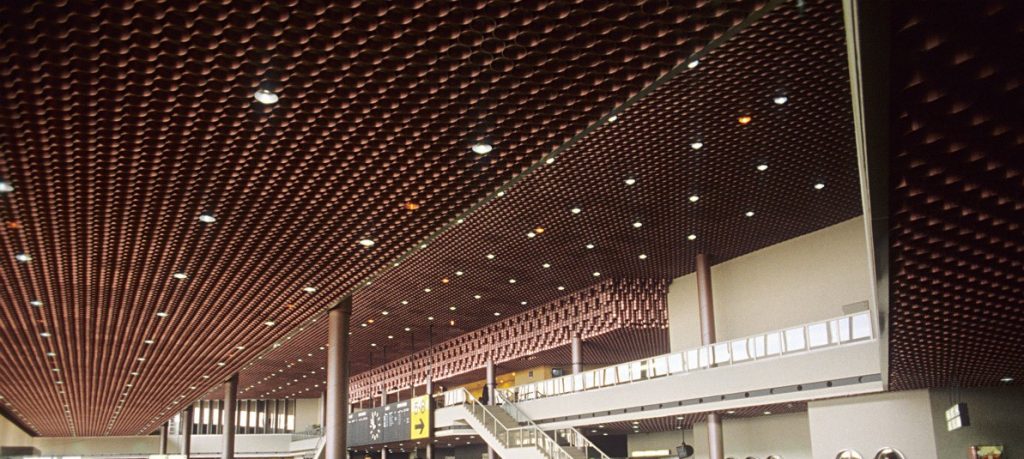
And, at least twice, as an in-your-face signal that Moscow at Midnight is venturing into magic realism, we are taken to a bench at Patriarshiye Prudy, or Patriarch’s Ponds, where Bulgakov’s classic The Master and Margarita begins.
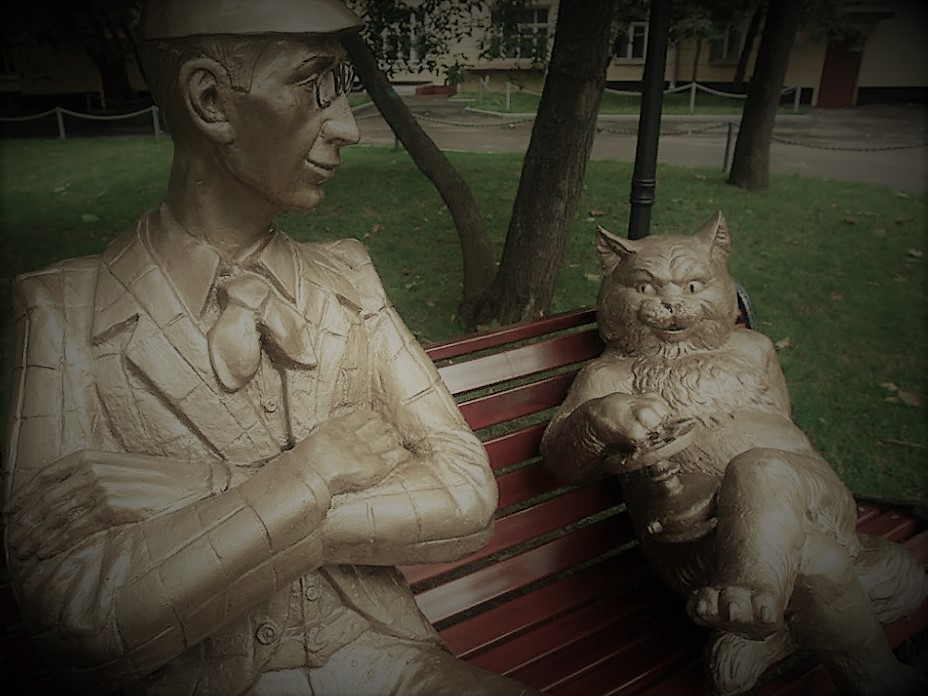
Part two of this review is here.